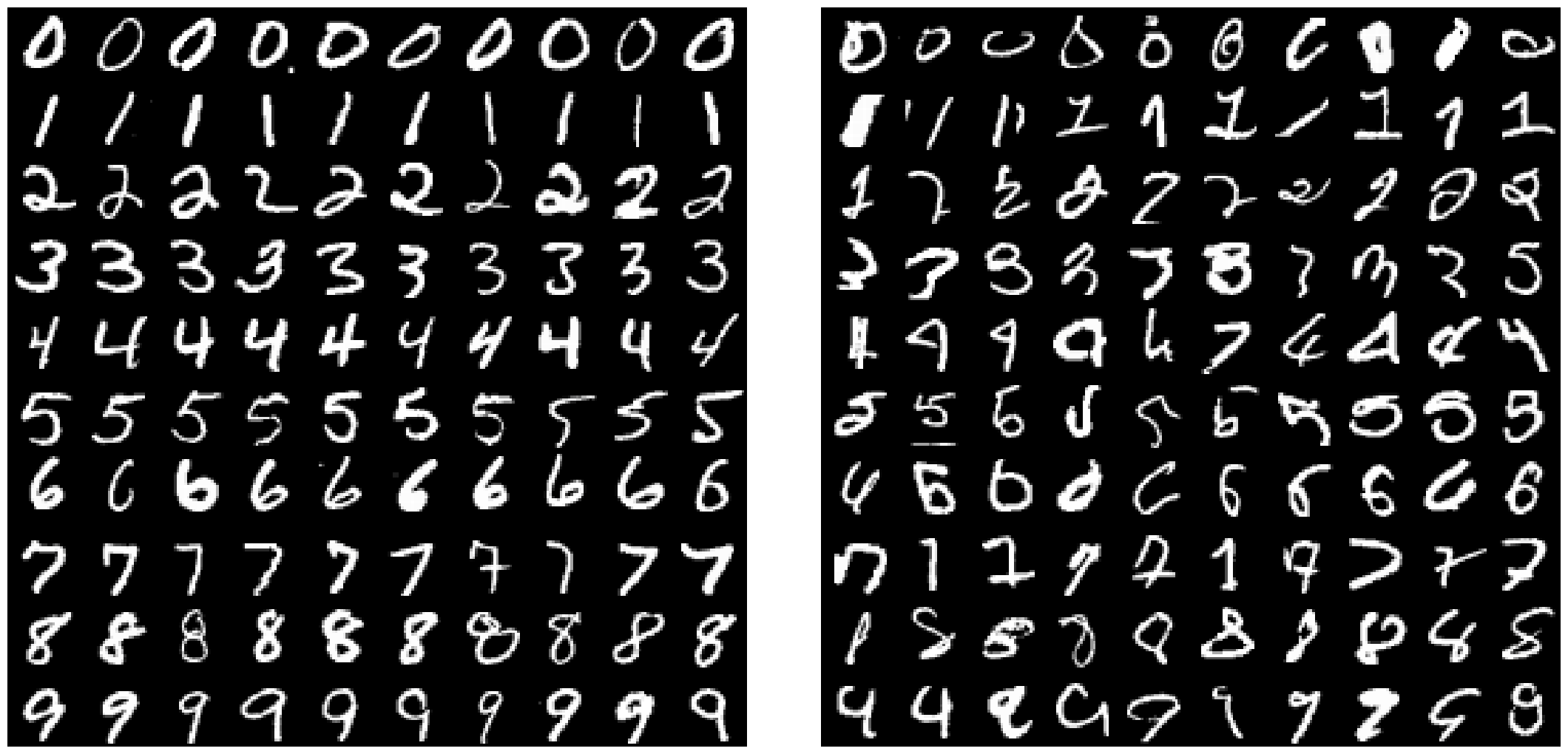Characterizing Structural Regularities of Labeled Data in Overparameterized Models
Humans are accustomed to environments that contain both regularities and exceptions. For example, at most gas stations, one pays prior to pumping, but the occasional rural station does not accept payment in advance. Likewise, deep neural networks can generalize across instances that share common patterns or structures, yet have the capacity to memorize rare or irregular forms. We analyze how individual instances are treated by a model via a consistency score. The score characterizes the expected accuracy for a held-out instance given training sets of varying size sampled from the data distribution. We obtain empirical estimates of this score for individual instances in multiple data sets, and we show that the score identifies out-of-distribution and mislabeled examples at one end of the continuum and strongly regular examples at the other end. We identify computationally inexpensive proxies to the consistency score using statistics collected during training. We show examples of potential applications to the analysis of deep-learning systems.
PDF Abstract



 CIFAR-10
CIFAR-10
 CIFAR-100
CIFAR-100
 SVHN
SVHN